There really is a phenomenon in our world that people commonly call evil, and I don’t hear enough discussion about it among trauma professionals. It isn’t strictly a scientific concept—many aspects of it are metaphysical—but it clearly appears in the form of child abuse and neglect. When we try to address trauma only through legal systems, public-health frameworks, clinical treatments, or even through practical strategies like those I teach, it can fall short. That’s because evil sometimes maneuvers around those solutions, and something more is required. You might feel this intuitively. I created a powerful video a few years ago explaining how the mistreatment of children can introduce an evil into the world that travels across generations—and what you can do to stop that transmission, heal, and end the cycle here and now.
If you want to recover from childhood trauma, understand you are stepping into a literal struggle between good and evil. I don’t mean that purely as a metaphor. In my own life I have, at times, sensed the presence of something genuinely malevolent—around certain people, in certain places, and even appearing in very disturbing dreams from a young age. There’s no doubt to me that evil is present when a parent abuses or neglects a child, when people are bullied, or when someone deliberately wounds or destroys another person. Wouldn’t you call that evil? The dictionary supports this: Merriam-Webster describes an “evil” person as profoundly immoral and wicked, someone who causes harm and is associated with misfortune—terms that map closely onto abuse and neglect of children. As a noun, “evil” refers to suffering, misfortune, and wrongdoing—things that cause sorrow, distress, and calamity. Crucially, many traditions and thinkers treat evil as a cosmic force.
I tend to call it a nefarious force because it behaves almost like it has its own life. It’s persistent; you can’t eradicate it entirely—when you try to cut it out, it often returns like a stubborn weed. It’s also contagious. Once someone is wounded by an evil act, that injury can act like a seed that germinates later. That, I believe, explains much of generational trauma: a parent harms a child, the child suffers, and years later that tiny seed can sprout—perhaps pushing the child, now an adult, to harm others, including their own children. Trauma breeds illness, depression, addiction, cognitive fog, financial instability, broken relationships—deep, destructive outcomes. And if trauma goes unhealed, it’s sadly likely to be passed on.
But there’s also good. Inside every person there is a tug-of-war between the part that rages, criticizes, abandons, and belittles, and the part that loves, uplifts, sees beauty even in hard places, and sometimes sacrifices for others. Evil is real, but so is good, and that’s important. If you lose your resolve, your moral bearings, or become overwhelmed and stop persevering, the evil you absorbed as a child can begin to express itself through your behavior—and that is how more people get hurt. I know this because I have been the person who made terrible, unconscious choices in relationships that caused pain to others and to myself. Trauma complicates suffering: when you’re in it, it’s hard to see your own role. Conflicts feel like they’re happening to you rather than coming from you. A person who grew up witnessing explosive fights may then act in the same way as an adult; it can feel like the behavior was coming from outside you, inevitable. That’s why I describe it as a nefarious force.
Sometimes it even masquerades as something righteous—a seemingly justified action—because your perception has been warped by trauma. You might feel too depleted to resist doing what you know is wrong, and before long that corrupting thread infects your relationships, your health, your finances—everything. Trauma acts like a virus: when you’re vulnerable, it can overrun you; when you’re strong, you can resist. Your commitment to healing—your self-regulation, your growing clarity about what is trauma-driven versus healed behavior—is your moral immune system. When that evil strand that started in early trauma enters you, you have choices: you can push it back, neutralize it, or let it flourish. Healing is the way you make your life inhospitable to that force, transforming traumatic experiences into memories rather than into patterns of behavior.
Many people don’t realize how tightly trauma and violent offending can be linked. Among men incarcerated for felonies—often violent or extreme crimes—about two-thirds experienced some form of victimization before age 12. I’m not offering that as an excuse for wrongdoing, only as a recognition of a connection: physical abuse, sexual abuse, or neglect often precede later violence. Sexual abuse damages in very deep ways—physically, spiritually, emotionally—and can disrupt hormones and instinctive functioning. Surprisingly, neglect is sometimes the most strongly correlated with complex PTSD symptoms. Whatever form it took, something evil happened to you; it hurt, and often others normalized it or gaslit you about it. But it happened nonetheless.
Fortunately, good is stronger than evil. Working daily with people who, like me, were traumatized as children, I’ve come to see that those who carry childhood PTSD often possess an extraordinary capacity for goodness. Some days are brutal, but many of us still find ways to bring good into the world. Whether that’s a conscious choice, luck, or a result of being less damaged than others, the fact that some people who suffered deeply can nonetheless rebuild, persist, and astonish others with their achievements is itself a testament to the power of good. I believe there is a tiny flame of goodness inside every person that cannot be extinguished. That spark exists to channel a subtle but potent force of good through you and into the wider world.
It’s tempting to fall back into trauma-driven thinking and behavior—we all do at times—but the work is to rise again and keep trying. Even when it feels pointless or hopeless, keep orienting yourself toward good. Healing is a succession of small, right choices—one good action after another. Over time, you’ll realize you’ve been walking the path of good, and that is a major victory for the whole universe. Humans are capable of terrible atrocities—history shows how far people can descend—and each of us inherits the capacity for every form of evil. If we had certain genes, experiences, or brainwashing, perhaps any of us could become one of history’s worst. Most of us will never be mass murderers, but we can be haters: we act out with road rage, smear people online, spread gossip, or indulge political hatred. Those impulses are on the same continuum as the murderous instinct; if left unchecked, they escalate. Traumatized people can be particularly drawn to extreme rhetoric and hatred because it feels like an antidote to despair—hate animates and makes you feel alive compared to numbness or depression. It gives a cause, a sense of purpose, even if the result is destructive.
Hate and acting out aren’t solutions. If you want to heal, be careful not to tear other people down. Avoid jumping into bitter online battles. Before you accuse someone publicly, check the facts and examine your motives. Don’t do things you feel the need to lie about. Don’t be stubborn when what’s needed is an apology, a gentle word, or the willingness to let go. Defend those who cannot defend themselves—people not present when they’re being maligned or who lack power to respond. And remember: hostile attacks are often a sign that what’s needed are clearer boundaries, not more aggression.
Healing is the real answer. When you heal your trauma, you heal yourself, every future relationship you will have, your opportunities, and your life’s direction. You brighten your inner light—that energy and love you bring into the world in small and large acts. Your light ripples outward, touching people everywhere, across generations. That light is perhaps the truest thing about you; it has not given up. It is yours to nurture, to enjoy, to develop, and to share. This is how good overcomes evil: by making deliberate healing a sacred priority.
You may not yet know how to heal, which is why you’re here among others: the people in comment sections, my team, participants in my courses and membership. All those small lights shining together create a community that lifts one another. When someone starts to slide into negativity, we pull them back. We cultivate the good so we can offer help to the next person who needs it. Good triumphs, but only if we keep trying.
People often ask how long healing will take, or why they have to keep working on themselves when others may not. They’re right that many people don’t keep working—but everyone can. Nothing is more important than undoing the evil that was done to you. I sometimes picture healing like grass. Imagine grass that’s been trapped all season under a black tarp—alive, but stunted and yellow, full of bugs underneath. You have the power to lift that tarp through healing. When sunlight and rain reach the grass again, it doesn’t take long before green shoots reappear, and the grass returns to what it was always meant to be: green, strong, abundant. You are like that grass; you’re designed to heal. All you need are water and sunlight.
Think of “water” as the practical tools that help you name and release the harm—the hateful thoughts, the crushing loneliness and grief, the patterns that drove you toward your worst actions. For many people, the daily-practice techniques I teach function as that cleansing water; they wash away fear and resentment that persist when trauma hasn’t been healed. If you haven’t tried those methods and want tools, they’re available (links are in the description). Think of “sunlight” as the loving environment that supports your recovery—the warmth of people walking this path with you. That’s what this channel and community are meant to provide, along with programs I offer (also in the description). With tools and concerned support, new green shoots are inevitable. The grass doesn’t have to understand the process; it simply grows because that’s what it was made to do.
When evil happens, it is a calamity—a severe disruption. Good, by contrast, is often subtle. I like to liken it to a river: you can resist the current by clinging to the bank, afraid of where it will take you, or you can, gradually and cautiously, allow the current to carry you. As resentment and fear lessen, you may find yourself gently yielding to the flow of goodness without needing to know precisely where you’re headed. Traumatized people commonly feel anxious about change—afraid they’ll lose the little hope they still have—but in my experience, change rarely unfolds in the catastrophic way fear imagines. Good is quiet and steady. Sometimes, in the midst of rapid positive change, I’ve panicked—worried I’d end up alone—and I’ve pulled away from supports or stopped using my tools. We all do that sometimes. When you realize that not-healing isn’t what you truly want, you can return to the path, let the river’s warmth guide you gently toward goodness and fulfillment.
If you want to begin with my daily-practice techniques, you can access them by clicking right here, and I will see you downstream. [Music]


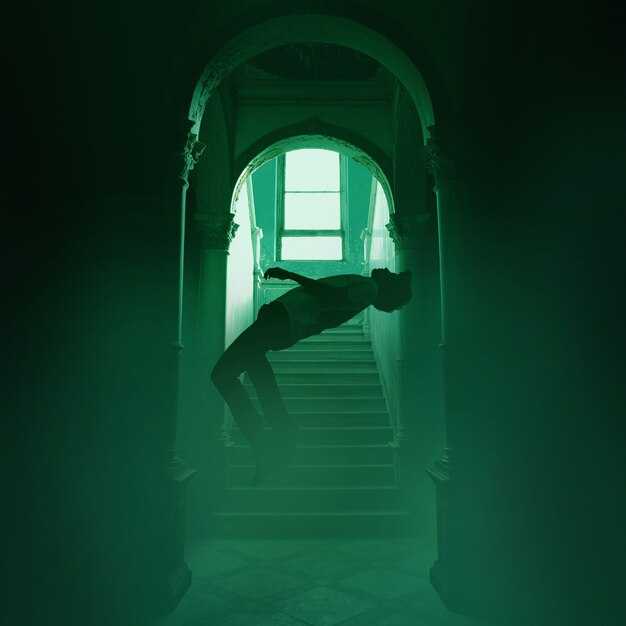 Trauma Is a Portal Where Evil Gets In, Unless You Fight It">
Trauma Is a Portal Where Evil Gets In, Unless You Fight It">

 The TRUTH Women Don’t Tell Men.">
The TRUTH Women Don’t Tell Men.">
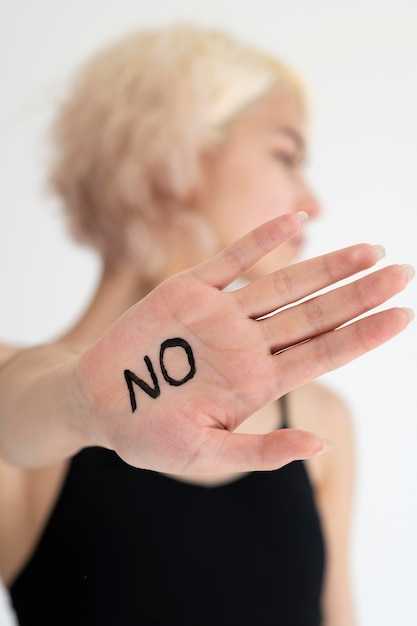 5 Фраз, которые «открывают» избегающих, когда они молчат">
5 Фраз, которые «открывают» избегающих, когда они молчат">
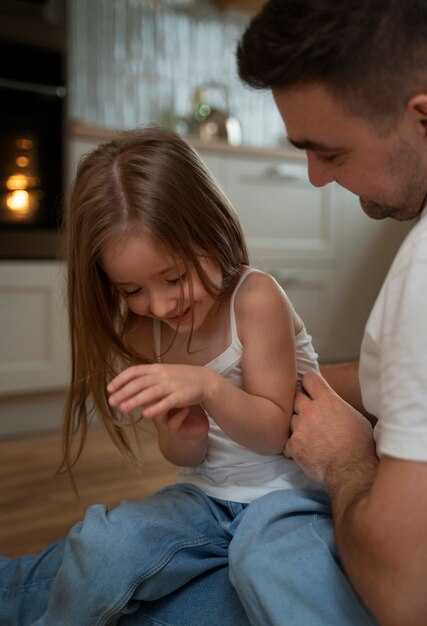 ">
">
 Relationship Advice DOESN’T work on Narcissists.">
Relationship Advice DOESN’T work on Narcissists.">
 10 Ways Past Trauma Suppresses Income (How to Change This Now)">
10 Ways Past Trauma Suppresses Income (How to Change This Now)">
 You won’t have a relationship to neglect soon">
You won’t have a relationship to neglect soon">
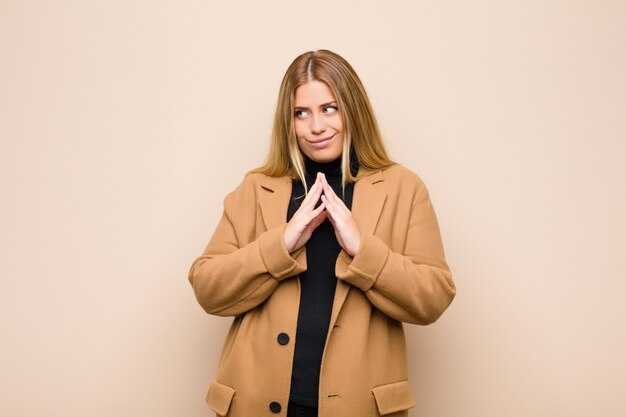 To Make an Avoidant Apologize, You Must Do THIS (Here’s Why)">
To Make an Avoidant Apologize, You Must Do THIS (Here’s Why)">
 Is it ok to MAKE FUN of your partner?">
Is it ok to MAKE FUN of your partner?">
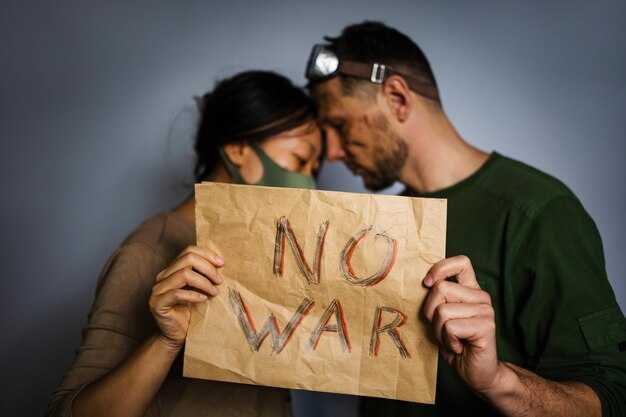 Our Words can be so HURTFUL! || Don’t Destroy your Relationship with your WORDS!">
Our Words can be so HURTFUL! || Don’t Destroy your Relationship with your WORDS!">
 Is He the One Who Can’t Do Intimacy? Or Are YOU?">
Is He the One Who Can’t Do Intimacy? Or Are YOU?">